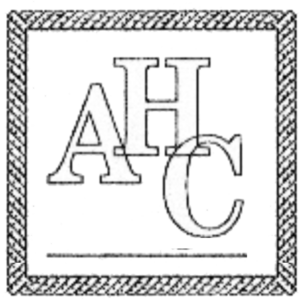The American Hemp Council was formed in 1989 by Chris Conrad and Mikki Norris to facilitate his Business Alliance for Commerce in Hemp and Family Council on Drug Awareness campaigns. The AHC provided BACH and FCDA literature and support materials for local activists across America.
Within a year, it was replicated and active in more than 20 small local groups around the country. A year later there were more than 50 BACH representatives and scores of local groups, all with their own names to make the network inconspicuous. Over the next five years, the AHC grew into one of the most influential organizations working for legalization in the USA. At that point it evolved into a networking campaign.
How did AHC work?
Chris Conrad put together a packet of documents including brochures, handouts, talking points, signs promoting a cannabis organizing event with details left blanks to fill-in, and a generic meeting agenda. People were invited to attend “A common meeting ground to devise and implement a program to re-legalize and regulate the use of hemp/marijuana.” These packets were sent out to people on request through a feedback loop of personal referrals and to various NORML chapters.
A central core group of cannabis reform activists met on a monthly basis at the “Power Couple of Pot’s” home in Silverlake, California. It served as a sounding board, focus group, task force and coordinating committee for events and activities nationally. The local LA efforts were centered at press events and conferences, rallies at the federal building in westwood, such as winter and springtime faires and hempseed breakfasts. By the time the AHC stopped holding meetings in Southern California, it had launched hundreds of satellite groups working on cannabis reform, each having a local and national focus. The group moved to Contra Costa County in 1994 and ceased having monthly meetings.
Organizers created scores of local groups and “Hemp Club” student groups on college campuses all over America, usually with a designated local Business Alliance for Commerce in Hemp representative promoting the BACH strategy, tactics and goals. The assumption was that the first year’s volunteers would not be infiltrated by narcs but after that, everyone should presume that there were police at the meetings.
AHC community organizing
The core principle of the AHC was to define, test and disseminate organizing and educational literature that empower local activists to do their own networking among the community, academia and political powers that be. The group also sponsored events, press conferences, film screenings (Hemp for Victory) and provided volunteer personnel for events and to staff the Hemp Hotline, a telephone hotline service sponsored by BACH, to respond to activists and other inquiries nationally with information, literature and direct involvement.
Conrad and Norris would consult with their AHC groups and consult about how to frame the cannabis hemp issue for their local communities based on their interests and the area’s concerns and needs. They would help set up a local plan and network activists from different areas together to help each other achieve their pre-determined goals and identify where to press ahead.
Among the core support documents the AHC provided were:
Five things you can do right now to help
Standard Agenda for local activists to use at a cannabis hemp / marijuana reform group meeting
Talking points for cannabis activists who discuss or debate policy.
(More documents to be uploaded at a later date)
When Conrad and Norris moved to Holland in 1993, they kept the American Hemp Council active through letters to the group who continued the Los Angeles coordination campaign, including Ellen Komp and Lawrence Serbin.

